Hope Blooms: Planting a seed, harvesting a dream
“Planting a seed, harvesting a dream.”
A Hope Blooms story
![]()
For many kids, setting up a lemonade stand is a common first foray into business. Not quite as common is starting a salad dressing and tea business, selling to leading national grocers, pitching on Dragon’s Den, and retailing in Toronto’s Maple Leaf Gardens. But that’s exactly what the team at Hope Blooms has done over the past twelve years.
Growing Hope Blooms
60,000
bottles of fresh herb dressings sold
4,000
pounds of fresh produce grown each year
21
retail locations
The Background
It all began when Jessie Jollymore was working with a group of youth in Halifax’s North End. A registered dietician, Jollymore was teaching nutrition, helping the youth make healthy food choices. She soon saw an opportunity to not only teach nutrition, but also help the youth start their own small business, teaching them about organic farming, empowering them to earn their own money, and showing them how to give back to their community.
Hope Blooms — the fresh herb salad dressing business and youth-led social enterprise — was born. Putting community at the forefront of everything they do, Hope Blooms provides meals and donations to community members in need, and 100% of the proceeds go back to the Hope Blooms scholarship fund, which provides the organization’s youth members a funding for education after high school.
After the first few years in business, selling at regional farmers markets and gaining local attention, Hope Blooms was ready to grow. In 2014 they applied to pitch their business on CBC’s Dragon’s Den and landed a spot on the national show. Asking for $10,000 to build a greenhouse to increase their capacity, the team brought home $40,000. Through this investment and the support of community partners, Hope Blooms built a new indoor greenhouse and kitchen facility that enabled year-long farming and production. They soon added multiple retail locations and secured a deal with Loblaws in 2016, getting product on the shelves of multiple Atlantic Superstores in the Halifax area. Since then, sales have steadily increased, and the Hope Blooms program has expanded significantly.

Asking for $10,000 on Dragon’s Den to build a greenhouse to increase their capacity, the team brought home $40,000.


The Opportunity
In December 2018, a Loblaws executive was visiting Halifax and asked to tour the Hope Blooms garden and meet the team. After seeing their inspiring community-focused efforts firsthand, a plan was developed to grow Hope Blooms. Their products, along with a live garden, would be featured in Loblaw’s flagship grocery store, the Maple Leaf Gardens in downtown Toronto. Loblaws would also create custom salads inspired by Hope Blooms’ dressings. Even while they would be selling their products in one of Canada’s largest grocery stores, the team at Hope Blooms wanted to ensure they maintained their community-focused mission. They looked to find a Toronto youth group they could help mentor in business and farming.

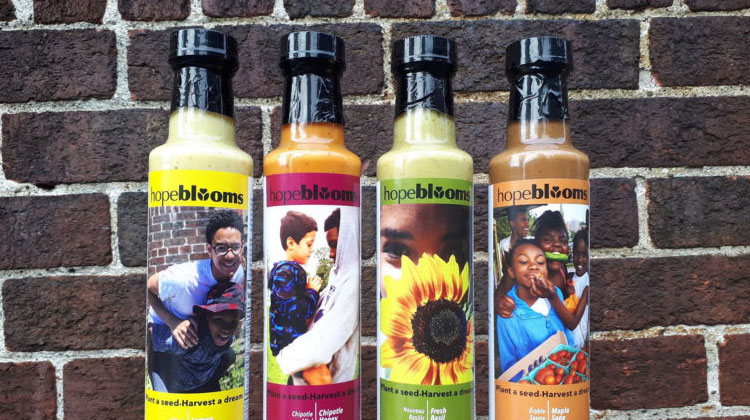

Even selling their products in one of Canada’s largest grocery stores, the team wanted to ensure they maintained their community-focused mission.

The Challenges
Like growing any business, this came with exciting opportunities: revenue, growth, and the ability to help even more young people. But it also came with new challenges, explains Jollymore.
“We really didn’t know anything about scaling up and how we were going to be able to produce enough to meet the order for Maple Leaf Gardens. We just knew this was an opportunity we couldn’t say no to. We also really didn’t have much experience in marketing and were unsure of how to engage a new audience who knows nothing about us. It was also really important to the kids to partner with a youth group in Toronto, give them a portion of proceeds and transfer the knowledge and experiences of Hope Blooms to others.”
There are other youth organizations and community gardens across Canada doing similar work, but Hope Blooms is unique because it creates a value-added product and sells through retailers. An important distinction, Jollymore says, is that no one else seems to be doing a revenue-driving, self-sustaining model like Hope Blooms. “From the beginning, we knew we needed to be self-sustaining and operate like a business, not a charity.”

The team needed to answer the following questions
![]()
- How do we tell our story? How do we tell people who we are, and what we’re trying to achieve?
- How do we increase capacity? How can we increase operations and produce more, while maintaining the quality of the current product?
- How do we navigate selling outside Nova Scotia? What export challenges will we face?
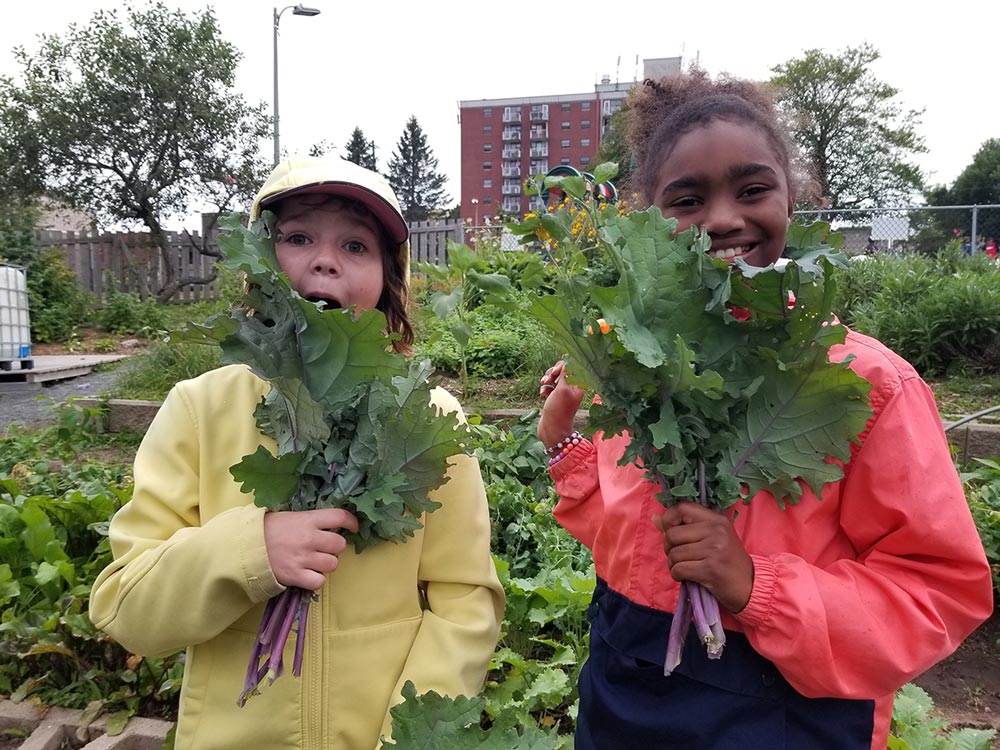
The Solution
To help answer these export hurdles, Hope Blooms sought help from Nova Scotia Business Inc. (NSBI) to develop a plan for exporting and increasing capacity. “Right away, we were able to bring in six new students to the program, but we knew we’d need a detailed plan for production, IP and trademarks, and a national marketing strategy.”
Using NSBI’s Productivity and Innovation Voucher Program, Hope Blooms connected with a faculty member and team of college students at Nova Scotia Community College (NSCC).
NSCC Business Instructor Jules Fauteux and eleven NSCC students from both Halifax and the Annapolis Valley worked with the team at Hope Blooms to help solve their three-part challenge.
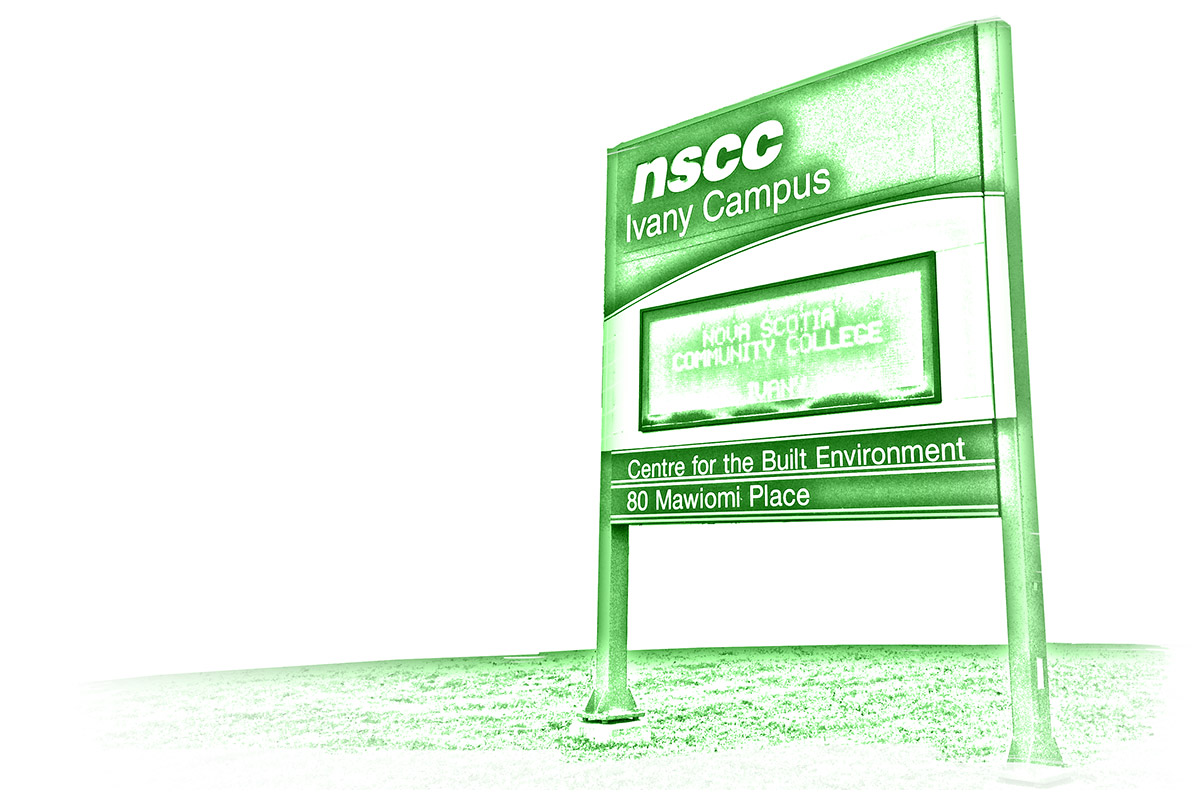
“We met with Hope Blooms to identify what the core challenges for scaling up were and to figure out a plan for them to be able to meet this new product demand,” explains Fauteux. “We looked at this as three related issues.”
Marketing
Outside of Nova Scotia, no one really knew about Hope Blooms, their story, and their business. How could a marketing campaign be developed around this, with branding, design, and product packaging? What’s the best way to tell their story?
Production
How might Hope Blooms improve production techniques to gain efficiency? Hope Blooms needed to ramp up production significantly to meet the order Loblaws was looking for but were already operating at full capacity.
Intellectual Property
Now that the product is leaving the province, what might be the trademark implications? While operating in Nova Scotia, this wasn’t something Hope Blooms had contemplated seriously. Now that they would be bringing the product to new markets, protecting their brand would be more important.
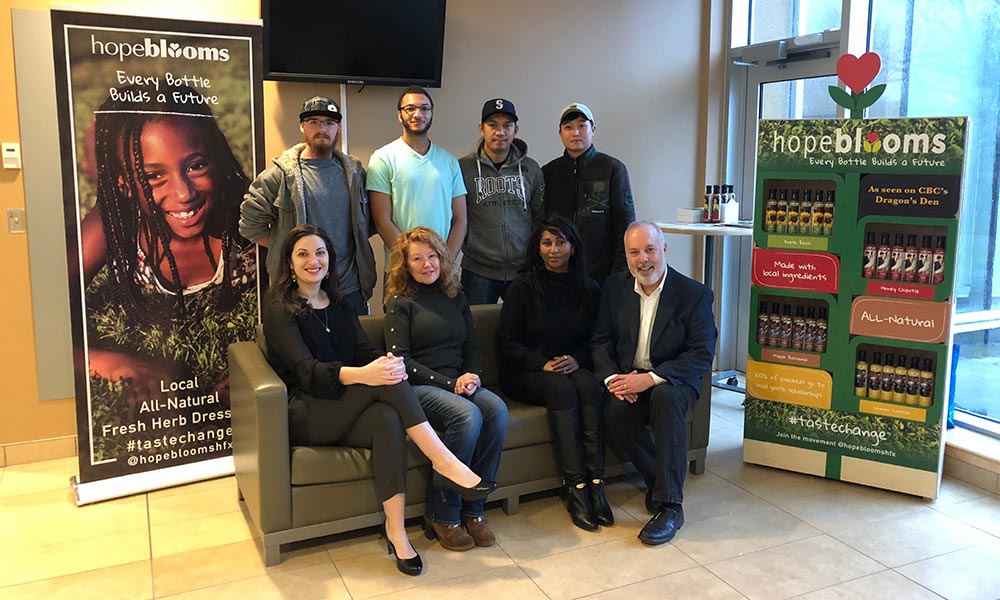

With students interested in different disciplines including business, creative arts, agri-food, and nonprofit leadership, NSCC collaborated with Hope Blooms to explore answers to these questions. Their work included providing creative marketing materials such as signage and displays, suggestions for in-store launch activities, social media posts, an influencer campaign, and promotional materials such as recipe cards for customers, and impact cards telling the Hope Blooms story to the Toronto community. The NSCC students helped Hope Blooms develop a plan answering many of their pressing business questions.
The Launch
On July 11, 2019, fifteen Hope Blooms students headed to Toronto for the launch of their brand at the historic Maple Leaf Gardens. About one hundred people attended the launch party, including members of the Loblaws executive team and Dragon’s Den alumna Arlene Dickinson, whom some of the students had met years before. The group also met with Toronto-area Scadding Court Community Centre, the youth group they have chosen to partner with and help as they start their own garden-based business. A portion of Hope Blooms’ Maple Leaf Garden sales will be donated to the group.

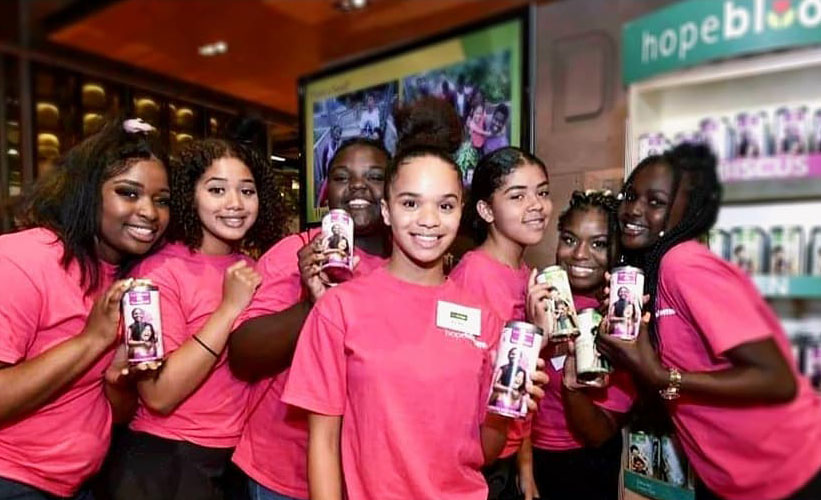

From a community garden in Halifax to Canada’s largest grocery retailer, they are the true agents of change.

Since their early days in 2007, when they started with just a handful of students making salsa (they soon realized salad dressing was a much better product choice!), Hope Blooms has sold close to 60,000 bottles of fresh herb dressings, with approximately 4,000 pounds of fresh produce grown in their garden each year. A new line of teas, Possibili-Teas, are handcrafted by the students at the Hope Blooms kitchen in Halifax.
In addition to their new status as exporters, Hope Blooms continue to grow at home and now has 21 retail locations in Nova Scotia selling their goods and sharing their story. Despite their success, they have stayed true to their roots and continue to host free meals to feed members of their community, donate funds to causes they want to support, and send all proceeds back into the Hope Blooms scholarship fund, which has already helped multiple students attend university.
With the support of their community, NSCC, Loblaws, and NSBI, Hope Blooms has taken on entrepreneurship, exporting, social change, and community development. From a community garden in Halifax to Canada’s largest grocery retailer, they are the true agents of change — in their own words, “planting a seed and harvesting a dream.”
![]()




